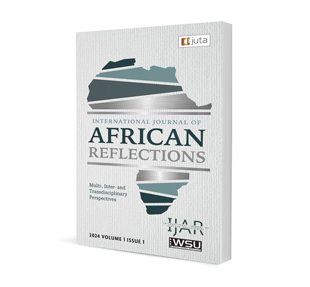
Safeguarding dance, body archives and living traditions: exploring the Bamoun kpalùm traditional dance
Author: Mirelle Flore Chamba Nana
ISSN: 3078-2821
Affiliations: Senior Lecturer, Institute of Fine Arts, University of Dschang, Foumban, Cameroon
Source: International Journal of African Reflections 2024, p. 44 – 66
https://doi.org/10.47348/IJAR/2024/a3
Abstract
Current discussions about dance history and studies focus on various forms of archiving, including the body, which is viewed as a repository of knowledge. This article explores dance history from the point of view of safeguarding and documenting dance, with specific attention being paid to traditional dances. It reflects on the challenges related to dancing bodies as archives and the living traditions in kpalùm, a traditional dance performed among the Bamoun people of Cameroon. The concept of ‘body as archive’ is examined by drawing on the work of Lepecki and also on that of other scholars, such as Manning’s ‘anarchive’ and Taylor’s ‘repertoire’. This text explores the concept of the body as a living archive and its relevance to the preservation of traditional dance. It adopts a constructivist qualitative approach and highlights the ways in which the bodies of kpalùm dancers move beyond the constraints of traditional dance as a fixed and unchanging practice. The author delves into the embodied knowledge present in kpalùm dance revival and re-enactment and discusses the way dancers and choreographers bring a dance’s past to life, emphasising the relationship between past, present and future in re-enactment and dance preservation. The research indicates that kpalùm dancers embody a living archive of tradition, evoking past experiences, transmitting knowledge and memory, and anticipating future experiences through imagination. Each gesture is a new occurrence. Amid the seemingly overwhelming forces of urbanisation and globalisation, the dancers grapple with issues of identity and authenticity.